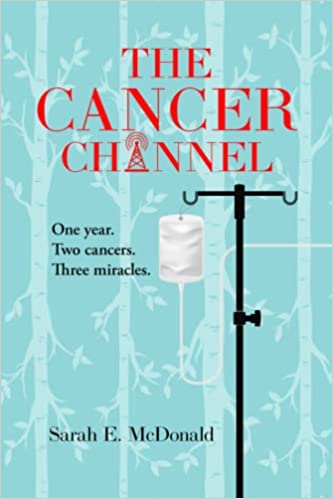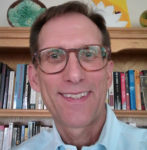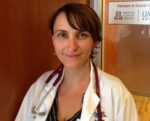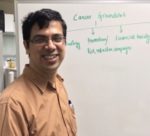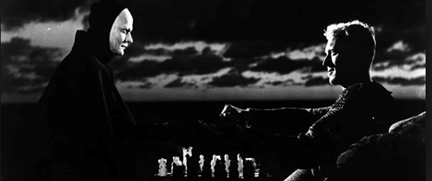
By JEFF GOLDSMITH
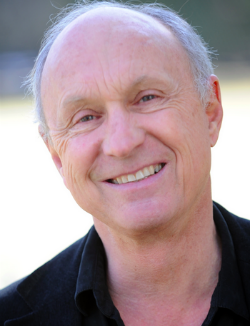
On Christmas Eve 2014, I received a present of some profoundly unwelcome news: a 64 slice CT scan confirming not only the presence of a malignant tumor in my neck, but also a fluid filled mass the size of a man’s finger in my chest cavity outside the lungs. Two days earlier, my ENT surgeon in Charlottesville, Paige Powers, had performed a fine needle aspiration of a suspicious almond-shaped enlarged lymph node, and the lab returned a verdict of “metastatic squamous cell carcinoma of the head and neck with an occult primary tumor”.
I had worked in healthcare for nearly forty years when cancer struck, and considered myself an “expert” in how the health system worked. My experience fundamentally changed my view of how health care is delivered, from the patient’s point of view. Many have compared their fight against cancer as a “battle”. Mine didn’t feel like a battle so much as a chess match where the deadly opponent had begun playing many months before I was aware that he was my adversary. The remarkable image from Ingmar Bergman’s Seventh Seal sums up how this felt to me.
The CT scan was the second step in determining how many moves he had made, and in narrowing the uncertainty about my possible counter moves. The scan’s results were the darkest moment: if the mysterious fluid filled mass was the primary tumor, my options had already dangerously narrowed. Owing to holiday imaging schedules, it was not until New Years’ Eve, seven interminable days later, that a PET/CT scan dismissed the chest mass as a benign fluid-filled cyst. I would require an endoscopy to locate the still hidden primary tumor somewhere in my throat.
I decided to seek a second opinion at my alma mater, the University of Chicago, where I did my doctoral work and subsequently worked in medical center administration.
The University of Chicago had a superb head and neck cancer team headed by Dr. Everett Vokes, Chair of Medicine, whose aggressive chemotherapy saved the life and career of Chicago’s brilliant young chef, Grant Achatz of Alinea, in 2007.
If surgery was not possible, Chicago’s cancer team had a rich and powerful repertoire of non-surgical therapies. I was very impressed both with their young team, and how collaborative their approach was to my problem. Vokes’ initial instinct that mine was a surgical case proved accurate.
The young ENT surgeon I saw there in an initial consultation, Dr. Alex Langerman performed a quick endoscopy and thought he spotted a potential primary tumor nestled up against my larynx. Alex asked me to come back for a full-blown exploration under general anaesthesia, which I did a week later. The possible threat to my voice, which could have ended my career, convinced me to return to Chicago for therapy. Alex’s endoscopy found a tumor the size of a chickpea at the base of my tongue. Surgery was scheduled a week later in the U of Chicago’s beautiful new hospital, the Center for Care and Discovery.
This surgery was performed on Feb 2, 2015, by a team of clinicians none of whom was over the age of forty. It was not minor surgery, requiring nearly six hours: resections of both sides of my neck, including the dark almond and a host of neighboring lymph nodes. And then, there was robotic surgery that removed a nearly golf ball-sized piece of the base of my tongue and throat. The closure of this wound remodeled my throat.
I arrived in my hospital room late that day with the remarkable ability to converse in my normal voice.
Continue reading…
